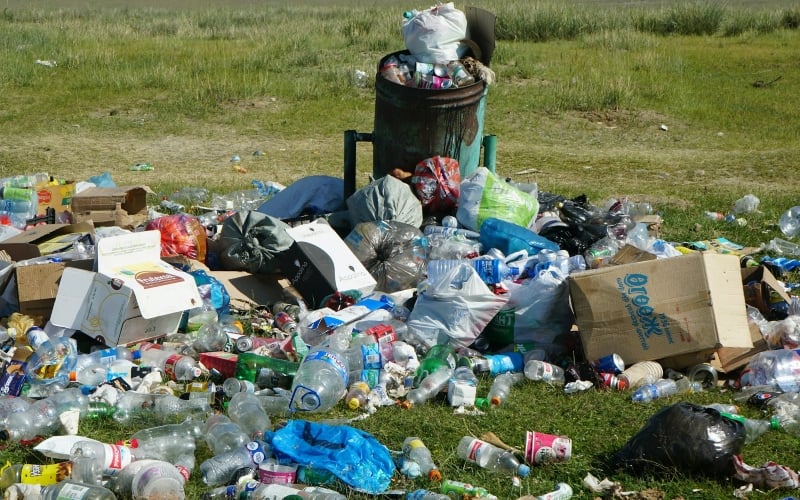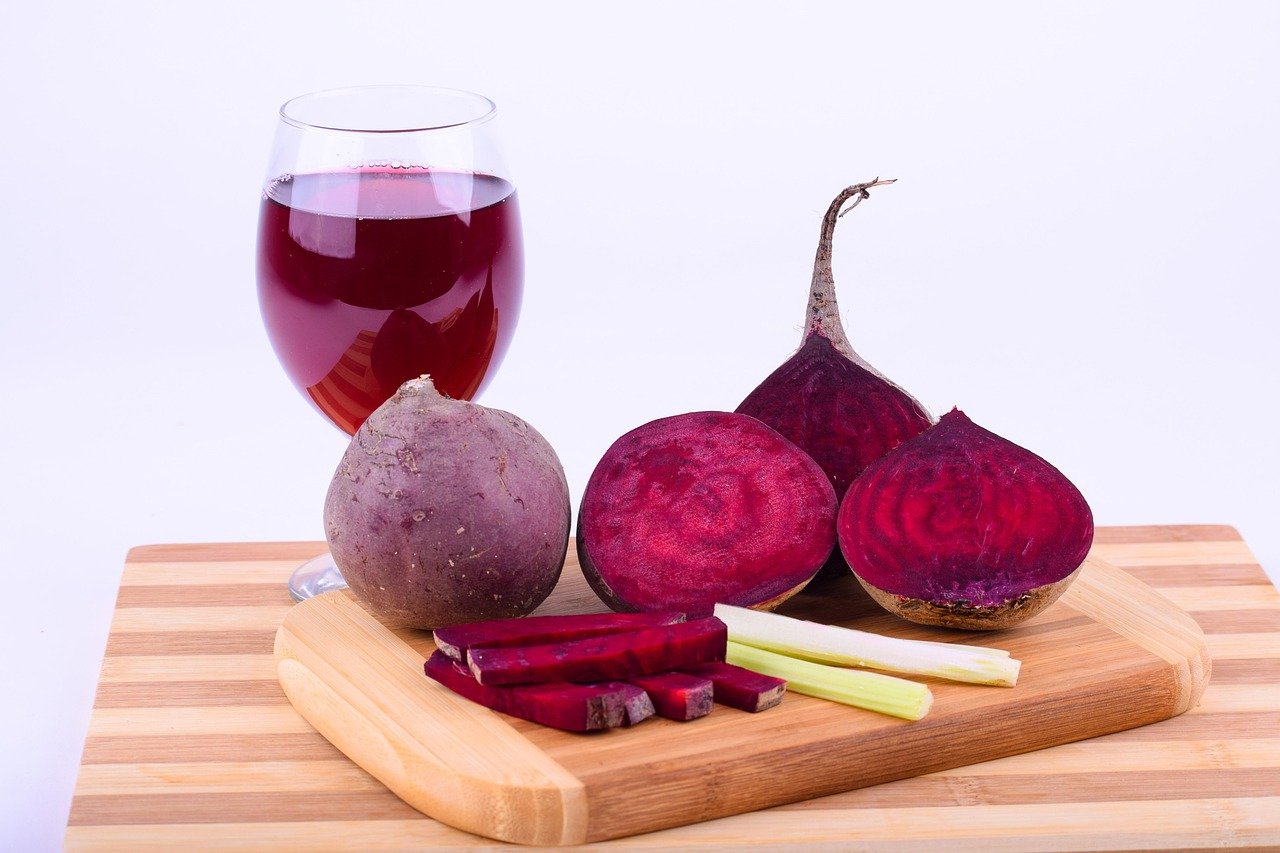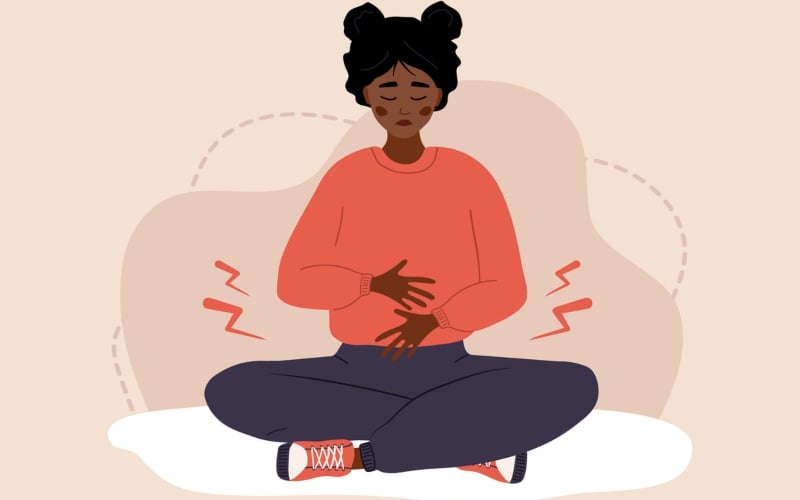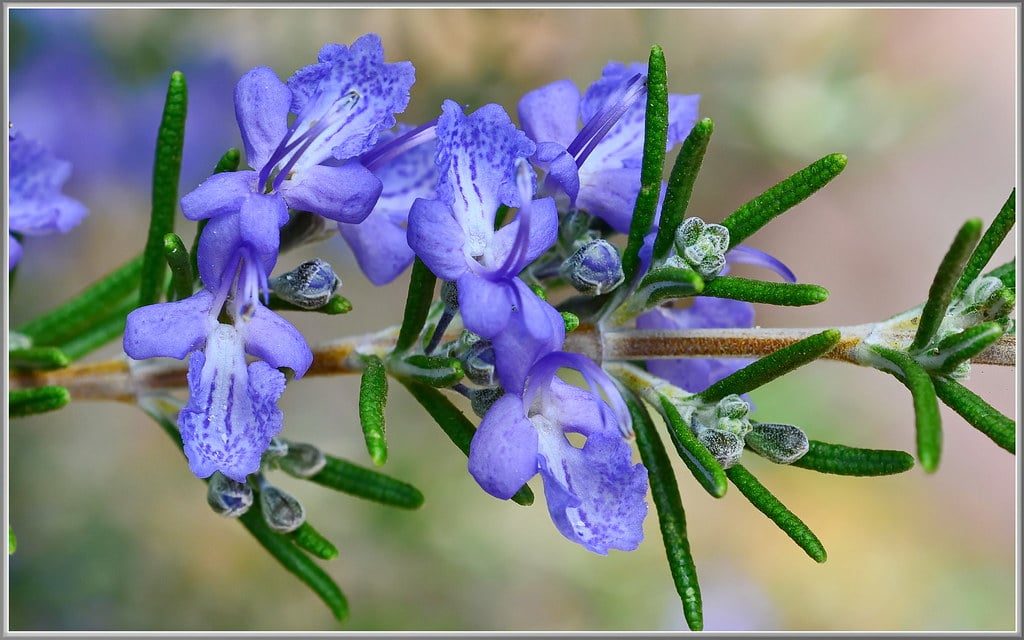Your poor lips go through a lot over time. The delicate skin is one of the thinnest on your face (apart from the fragile eye area), so it's quick to betray dehydration (ahem, cracks and flakes), and it's one of the first areas to reveal signs of aging. With the latter, you may know that the lips lose volume and become thinner over time—we've certainly waxed poetic on the topic—but did you know your lips can lose their color, too?
Yep, your lips become less vibrant as you age. Don't panic, though: It's totally natural. But if it bothers you, there are some ways you can hold on to the rosy hue.
How your lips lose pigment with age.
First, a little lip anatomy: Your lips are composed of two parts—the cutaneous lip and the mucosal lip, which includes the vermilion (aka, what's responsible for the different shade of pigment on your lips compared to the rest of the face).
"The mucosal part of your lip is thinner compared to the rest of your skin, as it is made up of fewer layers and also contains many capillaries or tiny blood vessels," says board-certified dermatologist Marisa Garshick, M.D., FAAD. "Taken together, this accounts for the color of the lips." Essentially: The skin on your lips is super thin and delicate, which makes the underlying blood vessels more noticeable.
Of course, everyone has a different lip pigment: Lips come in all shapes, sizes, and colors, all of them equally stunning and unique. (And for what it's worth, many people can have two-tone lips as well.) No matter your specific lip color, though, it does tend to be most vibrant when you're young, fading over time.
"As you get older, the lips tend to thin and [face] increased moisture loss, causing the lips to dry out, which may change the overall appearance and color, as having dry skin on the lips can make them appear dull," says Garshick. Since the colored part of your lips is already so thin (told you that anatomy lesson would come in handy!), you might notice these changes, both in volume and pigment, much quicker. Not to mention, sun damage and smoking also contribute to collagen decline, which only speeds up those pigmentary changes.
AdvertisementWhat to do about it.
Says Garshick, hydrated, happy lips look more vibrant—all the more reason to save your raw, cracked lips right now. Make sure you're correctly moisturizing your pout, especially during the winter. Look for balms that contain a blend of oils, humectants, and butters.
lip balm
lip balmInstantly hydrates and protects chapped and flaky skin
★ ★ ★ ★ ★ (5) Shop now
Shop now You may also want to slap on a lip mask or balm, if you so choose; friendly reminder that the skin is more permeable at night, so applying a mask packed with nourishing actives can help you wake up to baby-smooth lips.
At the end of the day, you cannot delay age. With time, your lips may appear less rosy than they did when you were young—that's natural and OK! If it bothers you, however, you can always rock a bold, red lip or find your favorite "my lip, but better" balm in your exact shade (or, rather, the youthful-looking shade you're after) to add some color back to your pout. Clean options typically come loaded with hydrating ingredients as well, so you're effectively piling on moisture at the same time—which, we noted above, can help your lips look plumper and more vibrant.
AdvertisementThe takeaway.
Your lips lose pigment as you age, for the same reasons they may become thinner—with a loss of collagen and moisture, they appear less vibrant. It's a natural part of aging, but there are some ways to make sure you're not accelerating the process.
 ★ ★ ★ ★ ★ (5) lip balm
★ ★ ★ ★ ★ (5) lip balm lip balm
Instantly hydrates and protects chapped and flaky skin
Shop nowlip balm
lip balmInstantly hydrates and protects chapped and flaky skin
★ ★ ★ ★ ★ (5) Shop now Original Article
Shop now Original Article











